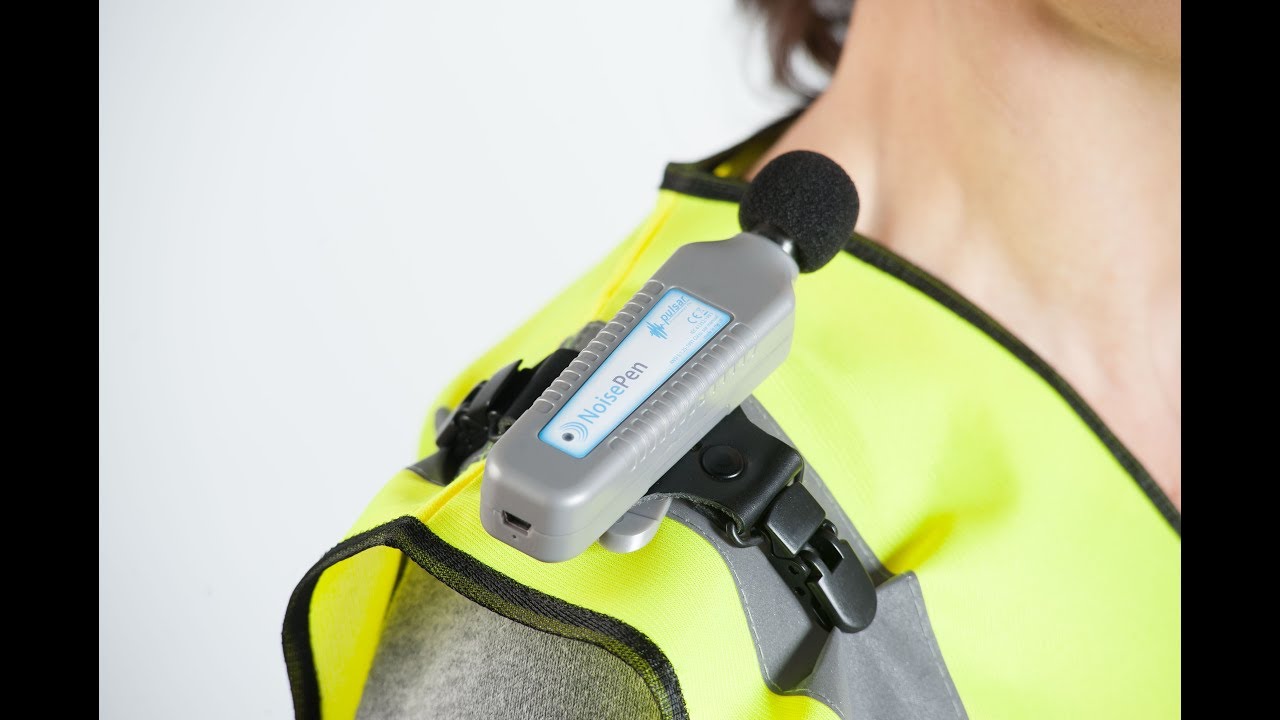Capturing employees’ exposure to noise with portable technology
Whether we like it or not, Health and safety is an integral part of any business today. Firstly, it exists to protect the well being of employees, customers and visitors. Secondly, complying with health and safety regulations makes good business sense too. It is vital to ensure that your company is complying with the noise regulations. Measuring and controlling noise at work will ensure that you don’t fail a health and safety inspection or collect a non-compliance.
This can be a challenge in a manufacturing, engineering or construction environments where roles and locations, and shift patterns change often, resulting in exposing workers to variable amounts of noise. As such, it can be difficult to identify which areas, processes or machinery are potentially harmful to a worker’s hearing. Self-contained, wearable and completely wireless, personal noise dosimeters are the solution to this.
What is a Noise Dosimeter?
A noise dosimeter, such as Pulsar’s NoisePen is a lightweight, compact, wearable sound level meter that can be clipped onto a worker’s uniform, preferably on a shoulder or as near to the ear as possible. They are used to find out an individual’s daily personal noise exposure (LEP,d) – the average A-weighted noise exposure level over an 8-hour working day.
Thanks to a highly developed technology, it takes measurements at regular intervals throughout a shift to give a history of the person’s noise exposure over time. This can be over a few hours, a day or a week until the manager is satisfied that it has obtained a realistic picture of a typical exposure.
Benefits of portable technology
The convenience of the noise dosimeter has earned it a great deal of popularity amongst health and safety, compliance, factory or operations managers and many others. It is unique in that it has no cables, displays or controls, minimising the risk of damage, tampering or misuse and making it a non-intrusive device to wear on the body. A noise dosemeter takes measurements and logs them internally. It then allows the manager to transfer them onto a PC via a simple USB cable for full analysis and reporting.
Employing someone to stand on the factory floor all day to take noise measurements can be costly, disruptive and, physically, not always possible. With a portable noise dosimeter, the manager can simply set and decide the time and what needs measuring in the morning in his office and then attach the noise dosimeter on the worker. The device is then left to do its work for the rest of the shift, and is retrieved at the end of the shift to analyse the results.
Applications of noise dosimeters
If your workforce tends to move around a lot or their tasks or locations vary often, a noise dosimeter will give a more realistic indication of their exposure than would a static sound level meter. This makes it ideal for industries such as manufacturing, construction, utilities, entertainment, leisure, transport, agriculture and the emergency services, to name but a few.
Because it gives a clear picture of patterns in exposure, a noise dosimeter will enable you to select appropriate ear protection for any particular task where the legal noise limit might otherwise be exceeded.
All Pulsar noise dosemeters such as the NoiseBadge or the NoisePen can be programmed for full compliance with the Control of Noise at Work Regulations, Industrial Hygiene Standards and Occupational Noise Exposure Guidelines, making it a highly effective tool as part of any hearing safety programmes to monitor workers’ mid to long term personal noise exposure.
For more information on portable noise measurement technology please contact us.
